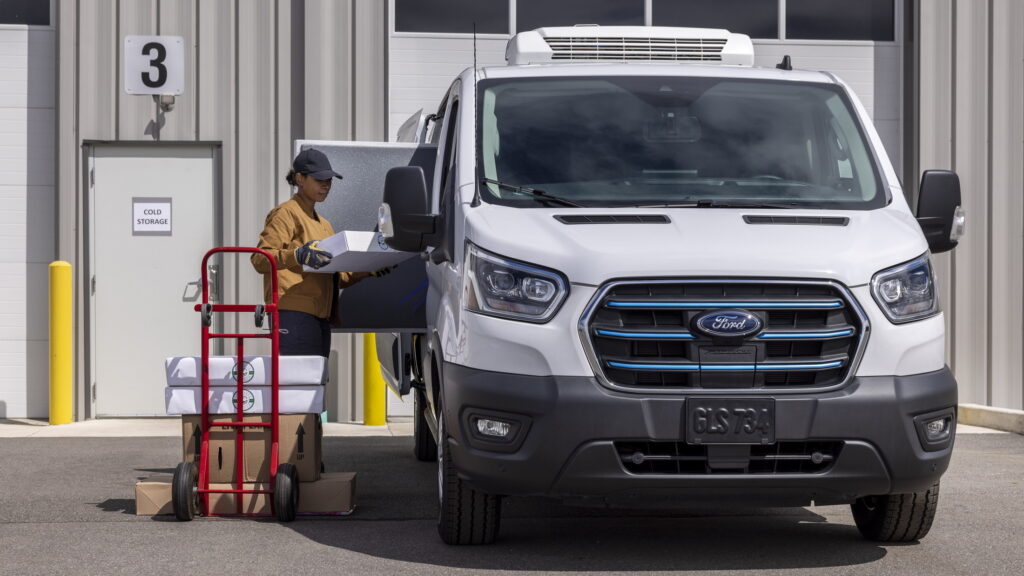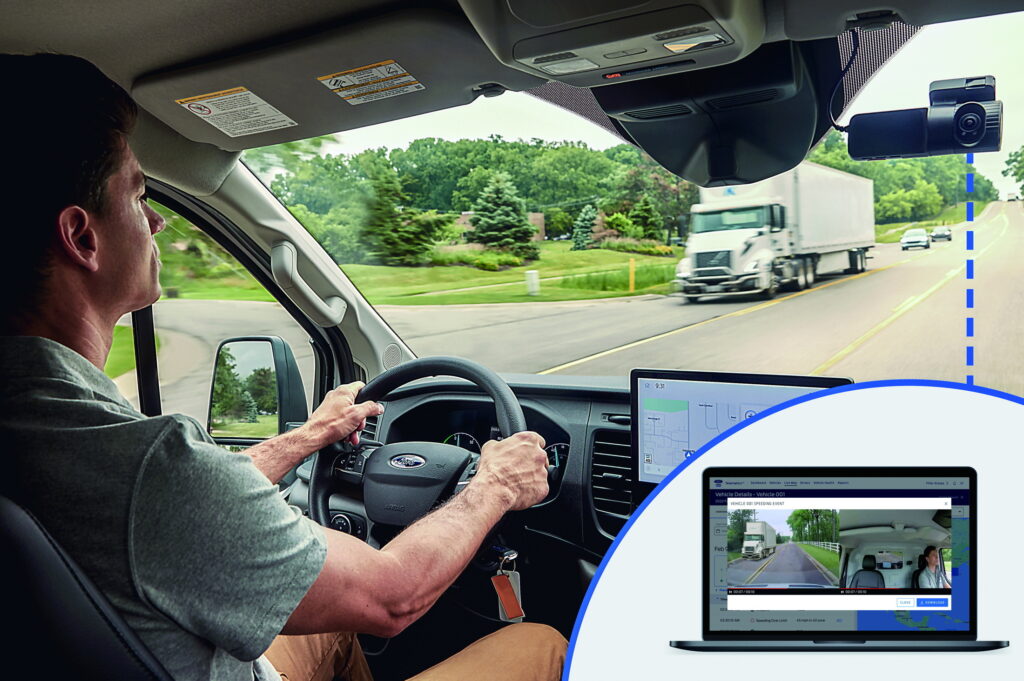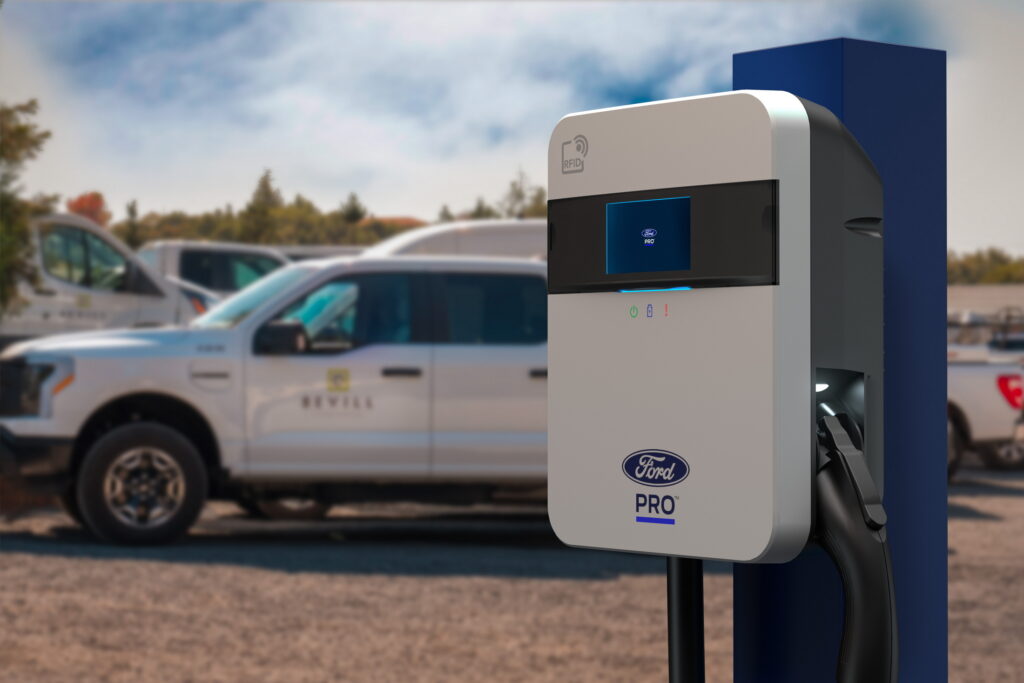Ford Pro is cashing in on connected-vehicle services in its commercial models, and estimates that profit margins will only go up in the future
March 18, 2024 at 09:30
 –>
–> 
–>
It seems like every automaker wants to turn its vehicles into “mobility devices” to sell customers software. But as they struggle to convince consumers to pay for heated seats, Ford’s commercial vehicle division, Ford Pro, has been raking in money selling software, like driver-monitoring services, to fleet customers.
Already accustomed to paying for software services, forecasts suggest that small and medium-sized fleets could help Ford Pro generate 20 percent of Ford’s overall profit by 2026, according to CEO Jim Farley.
The division made $7.2 billion last year in pre-tax profits, and had a 12.4 percent margin, reports Reuters. That margin is more than twice as large as the 5.9 percent that the rest of the company managed.
And Ford Pro is only expected to get bigger. Farley predicted that the division will make between $8 and $9 billion in pre-tax profits this year, and ultimately hopes to triple the number of customers paying for connected-vehicle services in their commercial models.
Read: Ford Pro Introduces New And Improved Chargers For Fleet Customers

Ford has previously indicated that subscriptions for fleet customers add $2,000 in annual revenue per vehicle. If they also choose to buy insurance through Ford, that could increase to between $4,000 and $5,000 per vehicle.
While that’s a lot, it might be worth it for fleet customers. Ford Pro recently highlighted how it is serving one customer in the U.K.: the AA. The group provides roadside assistance to stricken vehicles and is experimenting with Ford Pro’s Upfit Integration System in its Transit vans.
The system allows the AA to run several service options directly through the vehicle’s infotainment screen, rather than requiring specialized mounts and screens for everything from hazard beacons, to breakdown diagnostic tools, to towing equipment and more.
Whereas the AA previously had to work with 11 different companies to run all of these services and had to load its vehicles’ cabins with aftermarket parts, it can now run it all from the factory-installed infotainment system. That helps clean up the interior and makes the software easier to use.
“Having a system that allows our patrols to operate crucial systems from one interface is ideal for us,” said Tony Rich, PR manager for the AA. “It also needs to be intuitive and require minimal touch, because it’s essential that our patrols are not distracted while they’re driving. The Upfit Integration System has allowed us to tick all those boxes.”
Meanwhile, for companies that buy EVs, like the e-Transit, Ford Pro also wants to provide them with vehicle chargers, and software to manage vehicle charging, all of which is helping convince more buyers to try out electric delivery vehicles.
While Ford concedes that larger fleet operators will stick with big companies, like Verizon and Geotab, it believes it can make serious in-roads with smaller companies, and make as much as 50 percent in profit in the process.
The money it has already made has convinced other automakers to follow suit. Competitors like Stellantis Pro One have already emerged, and GM decided to reorganize its commercial vehicle division last year in response to Ford Pro.

